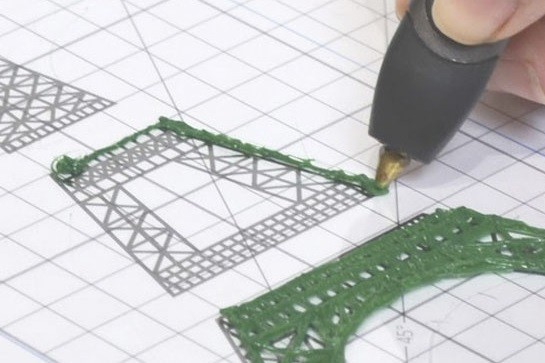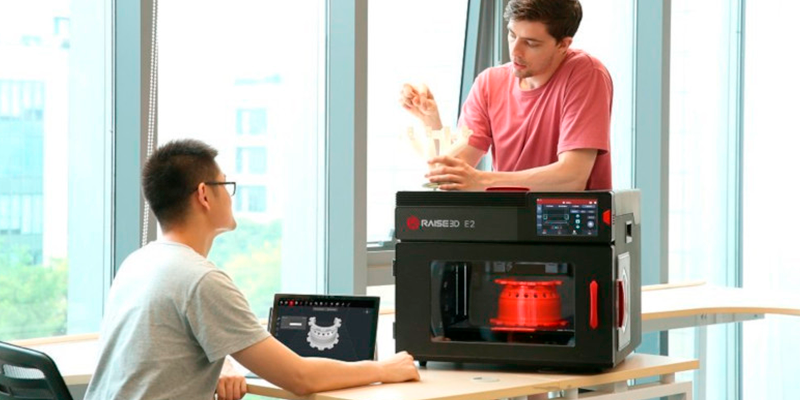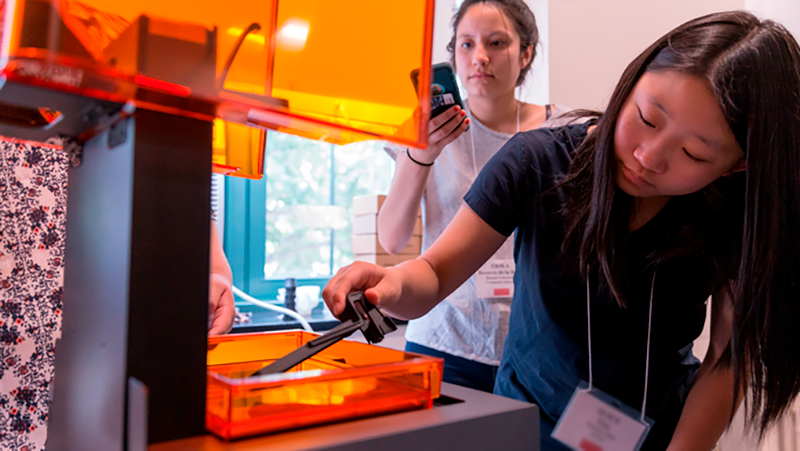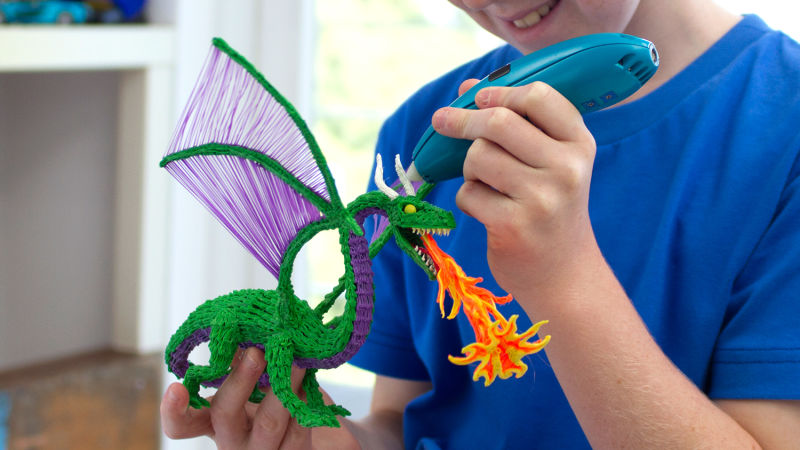
3D printing is one of the most important trends of recent years in the technological field, but contrary to the generalised idea, it is not reduced to a type of machine, but rather to a set of technologies that allow objects to be created without the need for moulds or minimums. Each technology has its own uses and applications, as well as its own materials.
Nowadays, there are several devices that can be very useful in the classroom and year after year more and more schools are using them to carry out educational projects. STEAM skills, which are increasingly valued in young people when it comes, for example, to finding a job, are the skills registered in the fields of science, technology, engineering, art and mathematics. And 3D printing is one of them.
Importance in education
Printing 3D models develops skills that involve students in the process, gets them to adapt to change and solve mistakes. In this way, learning is not just based on observation, but learning by printing files that you create yourself. By integrating 3D printing into the classroom, students develop creativity and organisational skills by opening their minds to a myriad of possibilities, including the creation of single or piecewise 3D objects, as well as the enhancement of all existing objects.
Moving from blueprints to 3D design and being able to touch one's own creations brings a much more realistic and dynamic approach to learning. And so the assimilation of knowledge will occur naturally.
3D technology in primary and secondary schools not only stimulates engagement and encourages creative thinking to enhance learning opportunities in STEM subjects, but by integrating it into different subjects, it serves as a platform for teachers to prepare their students for the future, facilitating the acquisition of problem-solving skills and experience.
In the case of Vocational Education and Training (VET), the implementation of 3D technology incorporates much more information than just how the equipment works; it invites students to explore all aspects of design, from drawing on paper, designing or modelling with 3D software, to preparing their files for 3D printing.
The possibilities offered by 3D printers for education in schools are endless, and they can be adapted to the needs of each educational level, achieving a rapid return on investment. There are many 3D printing technologies available today, but the two most common and accessible are FFF/FDM and laser.
Material extrusion: FFF/FDM
FDM (Fused Deposition Modeling) technology, also known as FFF (Fused Filament Manufacturer), is the most widespread technology on the market today. This technology consists of obtaining a part by means of the layer-by-layer deposition of a filament that has been melted by introducing it into an extruder which has processed it at a temperature higher than its melting point. There are two types of filament diameters (1.75 mm and 2.85 mm), and the great advantage of this technology is the wide variety of materials available, its economic price and the possibility of combining them allowing, for example, to reduce the post-processing of support removal by incorporating a soluble support material in the print. Furthermore, the maintenance of this equipment is very simple, being limited to calibrating the shafts or heating the extruder in the event that it has become clogged.

Image 1: Raise3D E2 3D printer. Source: Raise 3D.
This technology is ideal for parts that are strong, large, mechanically and thermally resistant. But despite the advantages mentioned above with respect to material extrusion technology, there is one aspect in which they cannot compete with laser technologies, and that is that, although they require more post-processing time, they are much more precise and faster.
Laser (SLA, SLS)
This type of printer, instead of depositing the filament, projects the entire layer onto the material, which solidifies as it goes.
In steriolithography or SLA, photopolymerisation occurs when you expose a photosensitive liquid resin to a light source. When the light source is controlled, you can shape an object. This technology contains liquid resin inside a tank and by moving a platform up and down, it solidifies one layer of material at a time with the help of a laser.
In the case of SLS, it is a technology capable of manufacturing completely solid parts by sintering or melting plastic or metal powder particles. This technology doses a very fine powder of material onto a flat bed, to which the necessary material is melted and then covered with a new layer of powder. The variation in the technology is given by the source of the melting energy and the material to be used. In the case of SLS it is done with plastics, mainly Nylon 12, which is melted with a laser.

Image 2: Students with Formlabs printers. Source: Formlabs.
These types of technologies are ideal for making small details or intricate finishes on parts that need more robustness, achieving greater precision and saving printing time. However, they are more expensive compared to filament printing, as both the resin and the machine itself are more expensive.
What about children? Well, there are also printers compatible with a more child-friendly audience, which have all the safety measures and are specially adapted to meet the needs that exist in classrooms: insulation, materials and operation specifically designed for children. The desktop 3D printer manufacturer XYZprinting has developed the Toybox printer exclusively for children. However, it is not always about 3D printers, for example, 3Doodler offers a range of learning packages for its 3D pencil.

Imagen 3: 3Doodler. Fuente: Wobleworks.
The 3Doodler pen is a simple way to integrate 3D printing into schools by facilitating the creation of 3D artwork, giving pupils a basic understanding of three-dimensionality.
Classroom implementation
The importance of the inclusion of 3D printing in professional degrees and schools is a fact. And since training is essential for the application and implementation of 3D technology, especially for industry, it has become a professional necessity.
The practical application of this technology can be incorporated into a wide variety of school subjects to simplify the often difficult theoretical concepts for students. But it is neither easy nor very common to find a 3D printer in Spanish schools, and although there are experimental initiatives that have successfully done so, its use is almost always aimed at specific projects or entire project days. In other countries, such as the United States or the United Kingdom, they are being incorporated into classrooms, aware of their potential as an educational resource, their versatility and the possibility of encouraging the active participation of students.
Some of the reasons why the more noticeable inclusion of this technology should be accelerated include the following:
-
Motivates the student and encourages learning.
- It speeds up the learning process.
- Improves information retention.
- Develops critical and reflective capacity.
- It encourages collective and personalised learning.
In the process of making certain projects tangible, children and adolescents can grasp complex underlying concepts. By assimilating these concepts through practice, students are kept motivated during the learning process. Undoubtedly, the use of 3D equipment in the educational environment enables students to carry out different projects and activities that strengthen their STEAM skills, improve their teamwork abilities, enhance their self-esteem and boost their creativity.












